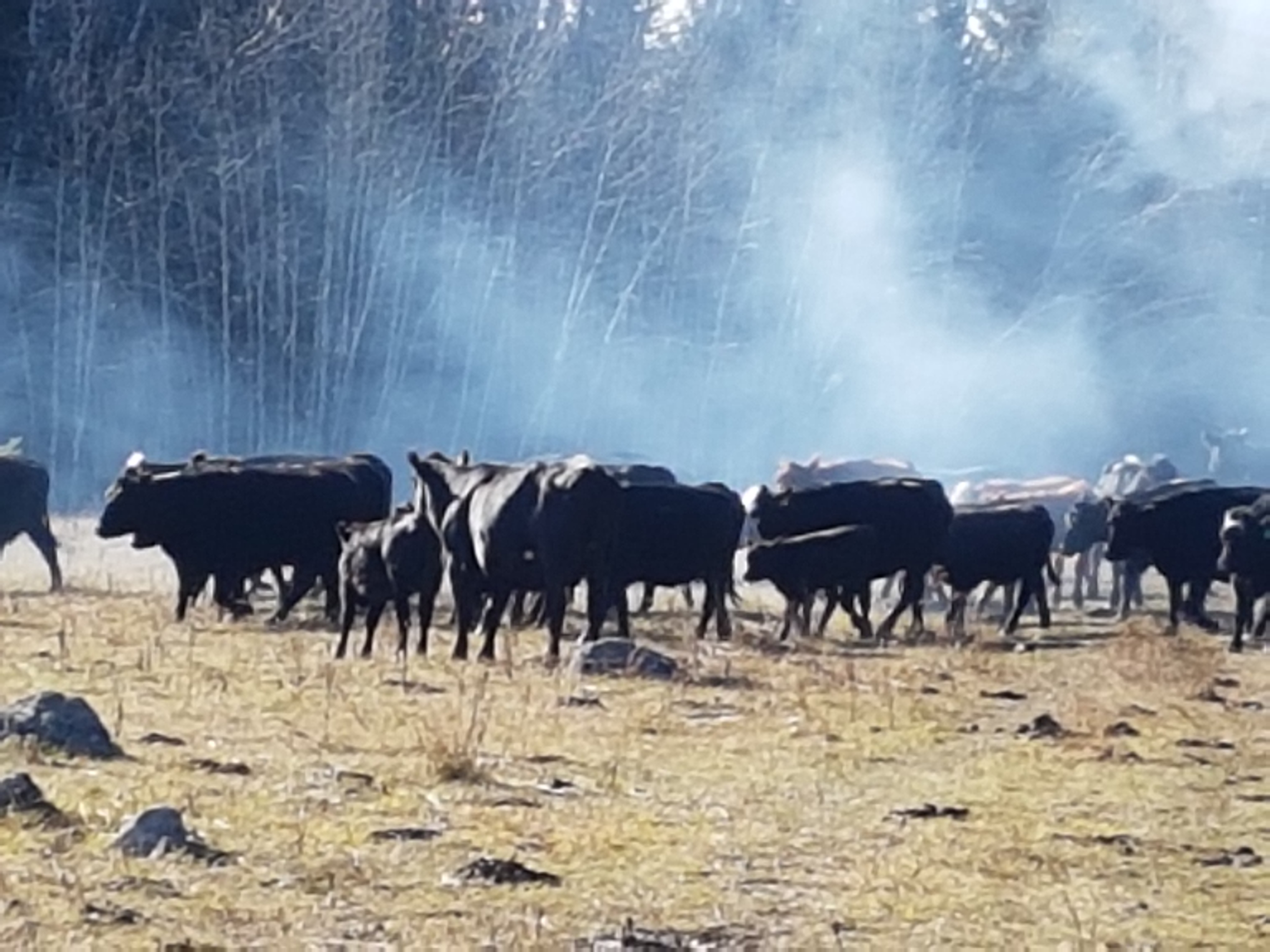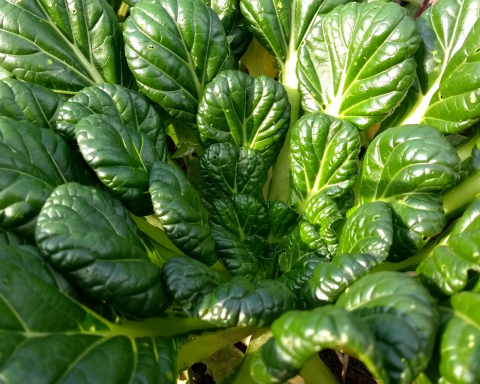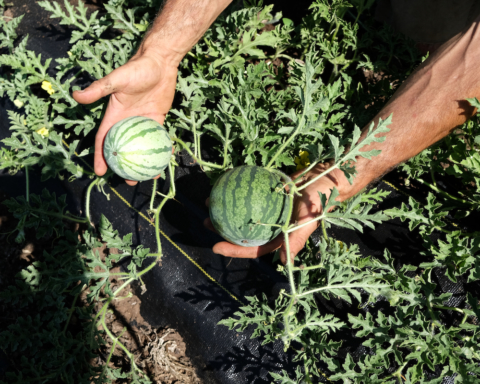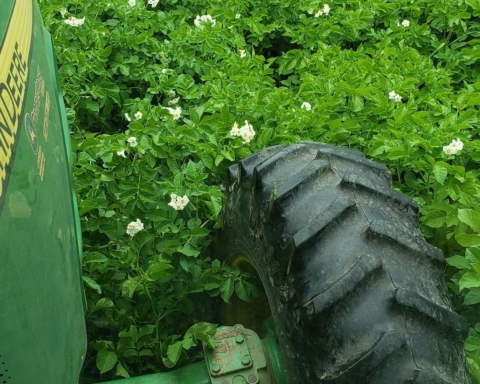Wendy Bennett, CRSP, Executive Director, AgSafeBC
It’s only been two years since one of British Columbia’s most devastating wildfire seasons. In 2017 over 1.2 million hectares were destroyed by 1,353 wildfires in the Cariboo, Kamloops, southeast and coastal regions. According to recent forecasts, this summer could be another long, hot, and dry one.
The effects of wildfires on the agricultural community are devastating. Recognizing potential fire hazards, knowing how to reduce the risk, and planning for a possible emergency will help you reduce the possibility of damage to your property or injury to you or your workers.
CAUSES
Approximately half of wildfires in BC are caused by humans and an out of control farm fire could spark a wildfire. The source of many farm fires goes undetermined due to significant damage, but there are three general causal categories for farm fires.
MECHANICAL/ELECTRICAL
- Short circuit or ground fault in electrical equipment.
- Failure of built-in automatic controls in mechanical equipment or systems.
- Improper use of extension cords.
MISUSE OF IGNITION SOURCE OR IGNITING EQUIPMENT
- Improperly discarded smoker’s material and smoking where flammable vapours are present.
- Ignition source left unattended.
DESIGN, CONSTRUCTION, OR MAINTENANCE DEFICIENCY
- Improperly constructed building, feature or system.
- Improperly installed heating appliance too close to combustible building features.
- Improper facility maintenance (e.g. failure to remove accumulation of combustible dust or debris).
- Faulty product design causes a fire even when the product is installed and used correctly.
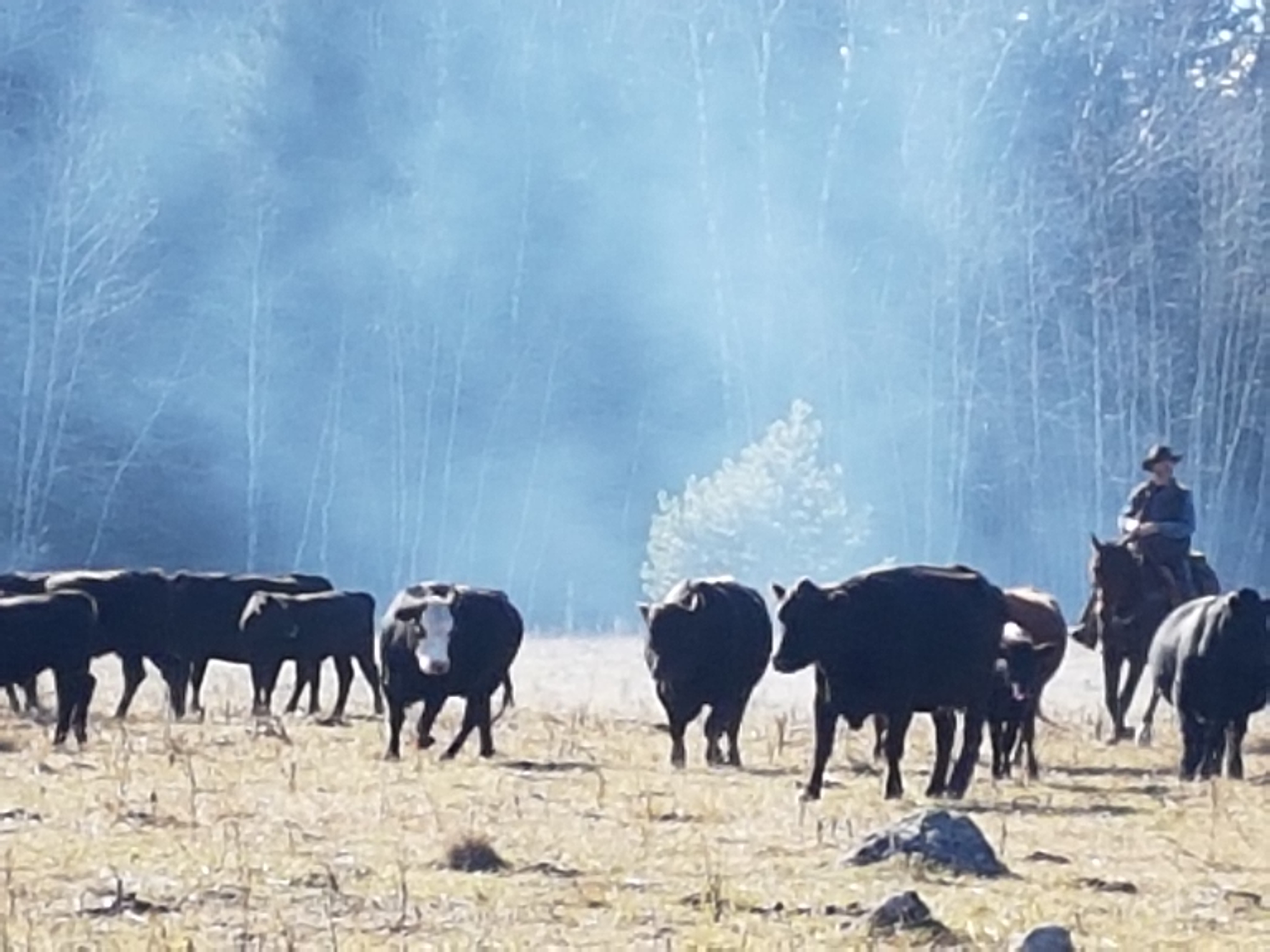
MITIGATION
Those involved in agriculture can take measures to prevent or significantly reduce the chances of a large-scale fire occuring. Start by installing a detection system and test it regularly.
Controlling your environment is important. Maintain a well cleaned workplace free of flammable materials. Collect and remove generated waste, including solids, semi-solids and liquids.
Clearing vegetation and flammable debris away from fences and structures by at least 10 metres will help mitigate the risk as well. Make sure to be in compliance with all regulations and acts pertaining to the clearing of standing trees larger than 6 inches in diameter.
Compliance also applies to open burning. In B.C. you must contact the BC Wildfire Service to obtain a Burn Registration number before doing any open burns.
When using equipment or tools, ensure that the equipment is bonded or grounded properly and tools don’t give off sparks.
Check the Government of BC Wildfire Status website regularly to report or monitor the status of fires in your area.
PREPAREDNESS
Planning is essential for emergency preparedness. Begin by doing a risk assessment of the worksite(s) and develop a realistic Emergency Response Plan (ERP). Your ERP should include the following:
- Map of your property, including Crown and lease land.
- List of your workers and their locations.
- List of hazardous materials and a safety data sheet of all liquid and spray chemicals and their locations.
Establish and rehearse pre-determined escape routes as well as livestock evacuation procedures. Check-in protocols are important at all times, more so during an emergency. The worker location list along with a check-in process or buddy system will help you locate and identify any missing worker, visitor, or family member on your property.
RESPONSE
Should you have to address fire on your property, implement your Emergency Response Plan. Retrieve your map and locate your workers, family members and visitors on site and instruct them to follow the ERP.
Check the area. If flammable products are present leave immediately and alert firefighters. Determine whether electricity needs to be turned off and remove any extra vehicles or machinery from the area around the fire to clear space for fire service equipment.
If you have to leave the property, check DriveBC.ca or tune into your local radio station for road closures and updates.
Dealing with a large-scale emergency often requires assistance from others. If you are part of a community emergency response program follow the plan.
A note on small spaces:
In an enclosed space, even a small fire can become uncontrollable very quickly. To prevent a fire or explosion in an enclosed space, isolate any source of power or flow of materials so that it cannot possibly enter the space. The isolation method must be locked in place to be certain that it cannot be inadvertently removed or fail in some other way.
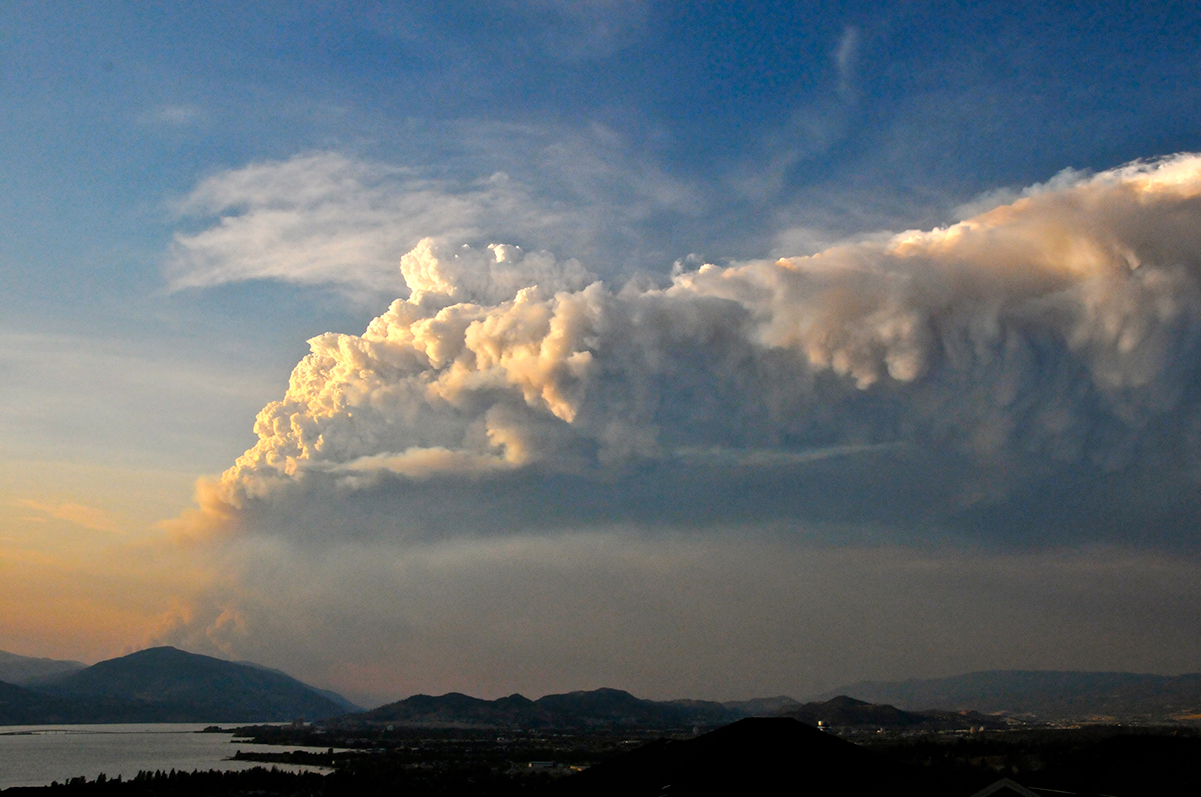
WILDFIRE SMOKE: Frequently Asked Questions
What is in wildfire smoke?
Wildfire smoke is a complex mixture of particles and gases containing hundreds of chemicals. The smoke contains large amounts of fine particulate matter, as well as gases such as carbon monoxide, carbon dioxide, and nitrogen oxides. Depending on the type of materials burned, the smoke may also contain sulfur oxides, volatile organic compounds, and other compounds such as hydrocarbons and formaldehyde that are known to be carcinogenic. These components can vary greatly over time, from fire to fire, and from area to area within a fire zone.
What are the potential health effects of wildfire smoke?
There are a number of potential health effects associated with wildfire smoke. Inhaling fine particles of smoke has been linked with the aggravation of pre-existing respiratory and cardiovascular disease.
Workers exposed to wildfire smoke may raise concerns about long-term health effects, such as an increased risk of cancer or other chronic health problems. In general, however, the long-term health risks from short-term exposure to low or moderate levels of smoke during a wildfire event are considered to be quite low.
The potential for adverse health effects from wildfire smoke depends on the level and duration of exposure, age of the workers, individual susceptibility, and other factors. For these reasons, not everyone exposed to smoke will be affected in the same way.
What are some common symptoms of smoke exposure?
Breathing in smoke can cause irritation of the eyes, nose, and throat. It can also cause headaches and worsening of allergies. In healthy workers exposed to smoke for short periods of time, symptoms are likely to be temporary and will resolve when the smoke clears.
Workers with lung diseases such as asthma or chronic obstructive pulmonary disease (COPD) — as well as workers with other chronic diseases, pregnant women, and older adults — are likely to experience more serious or acute symptoms. These symptoms can include shortness of breath, persistent coughing, wheezing, chest tightness, and increased mucous production.
Be aware of other health issues related to wildfires, such as heat stress or heat exhaustion, and the need for workers to stay hydrated by drinking lots of water. In addition, remind workers of other safety hazards associated with wildfire smoke, such as reduced visibility.
My workers work outside. How can I limit their exposure to the smoke?
The primary approach to minimize the health risks of wildfire smoke is to reduce contact with the smoke as much as possible.
If the nature of your work requires workers to be outside, look for ways to reduce workers’ level of physical activity when possible, since physical exertion can increase air intake as much as 20 times.
Consider the direction of the smoke and follow the air quality advisories in the area to schedule the work accordingly. For example, look for ways to relocate work to less smoky areas or reschedule it until the air quality improves. Keep in mind that some workers may be more susceptible to health effects from the smoke and may need additional measures to reduce their exposure.
For more information about AgSafe services or agriculture-related workplace safety call 1-877-533-1789 or visit AgSafeBC.ca
AgSafe is the non-profit health and safety association for B.C.’s agricultural producers. The organization provides site-specific consultation, on-site safety education, and online workplace safety resources and materials including Fire Safety Inspection Check Lists and an Agriculture Wildfire Plan template.
Feature photo credit: Wendy Bennett, CRSP Executive Director AgSafeBC


